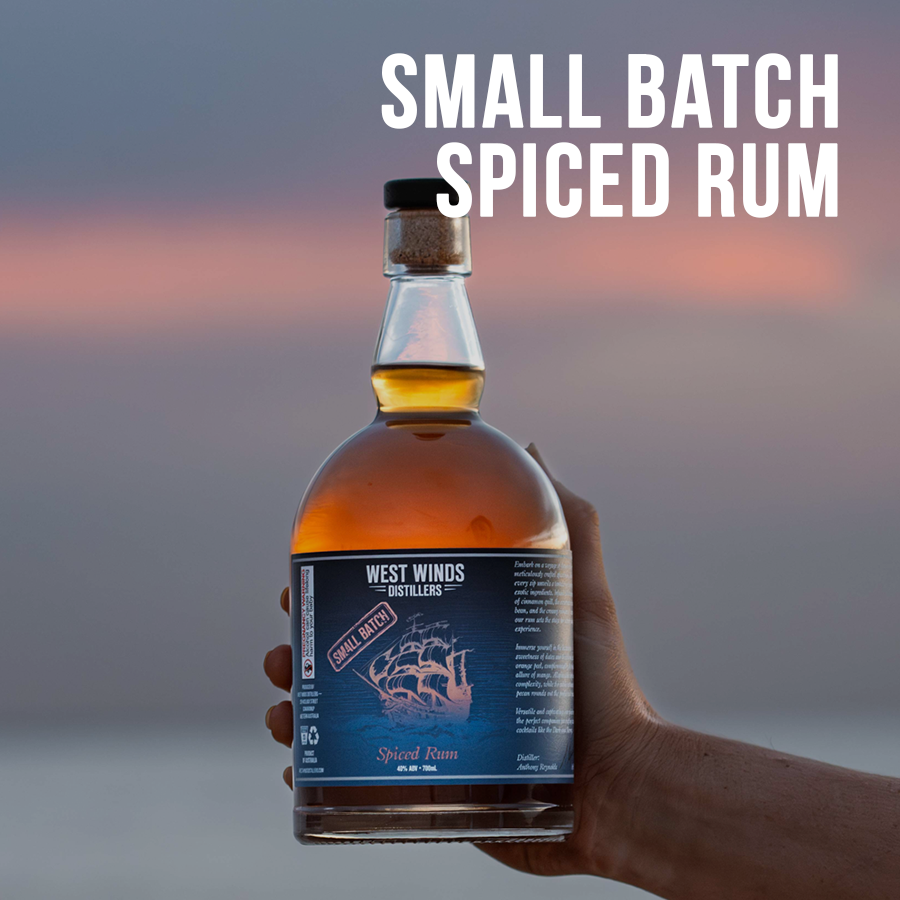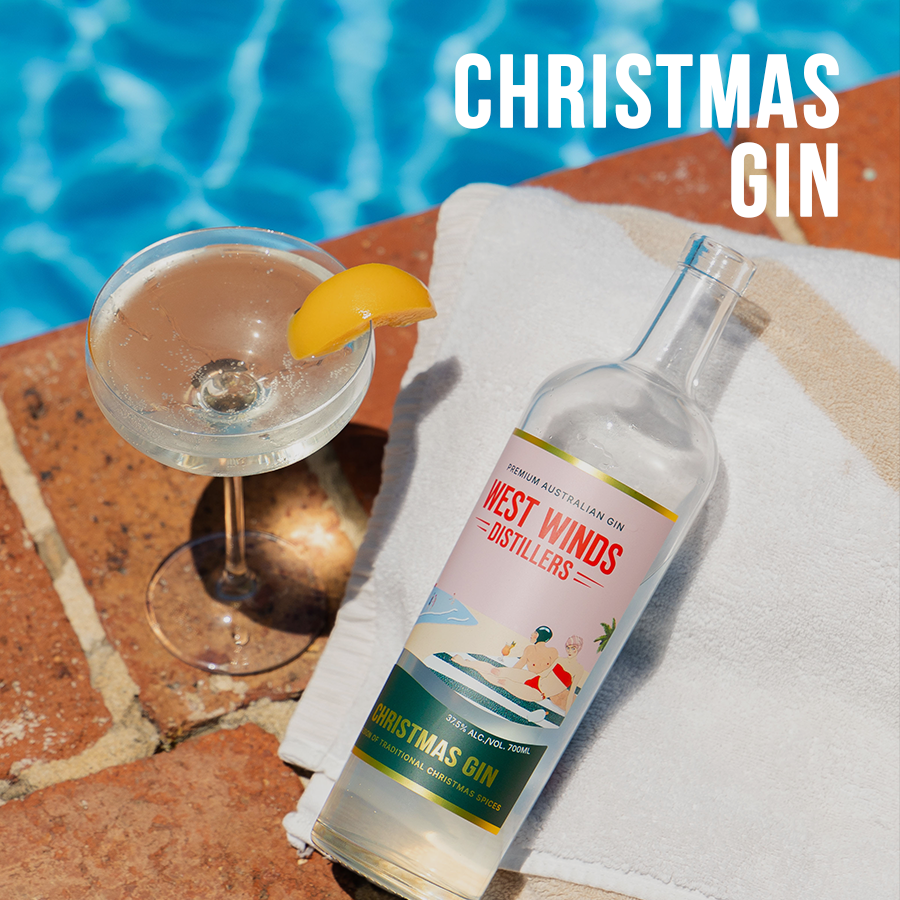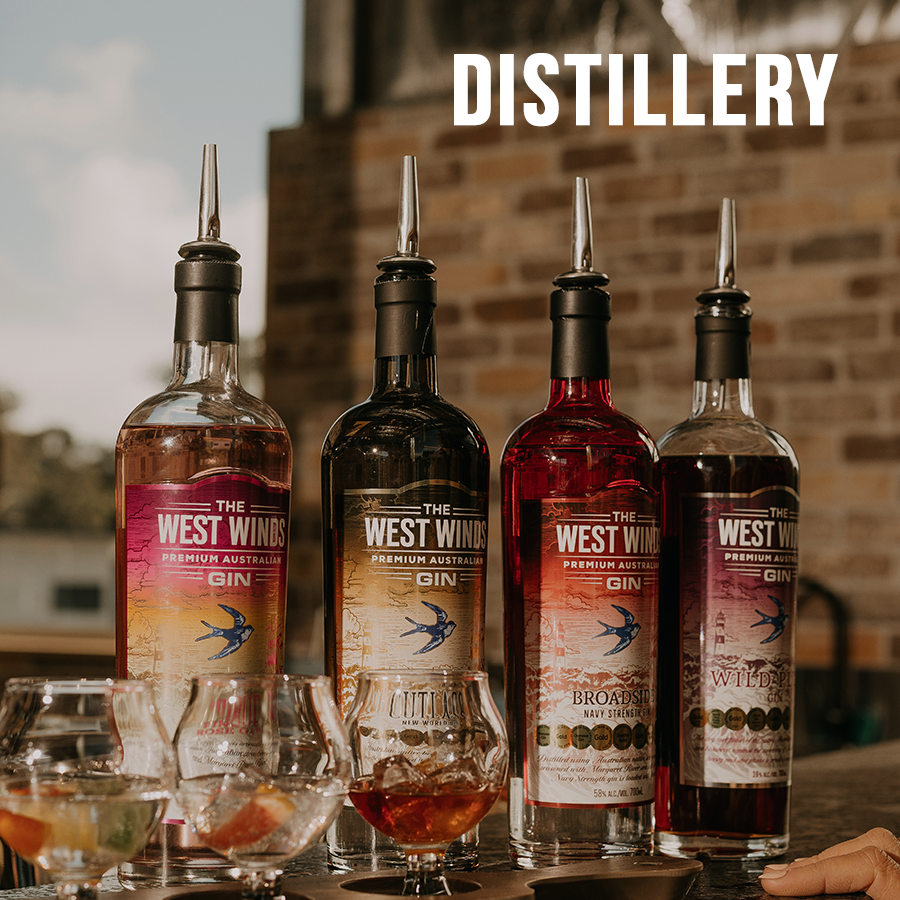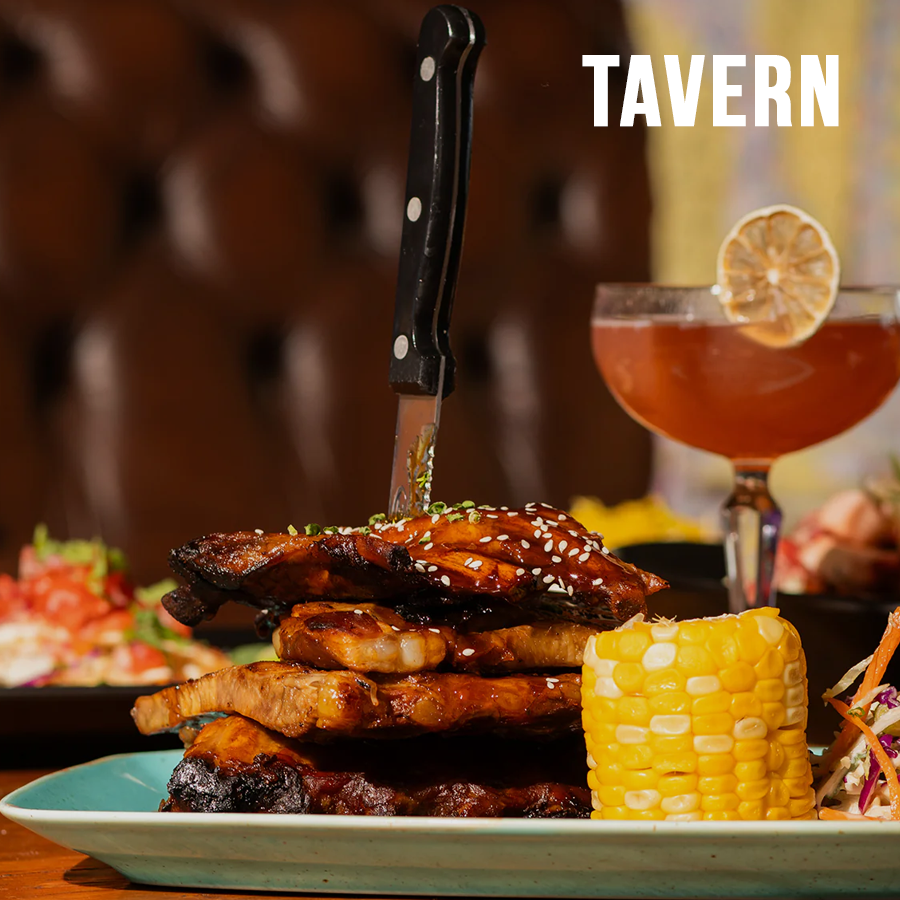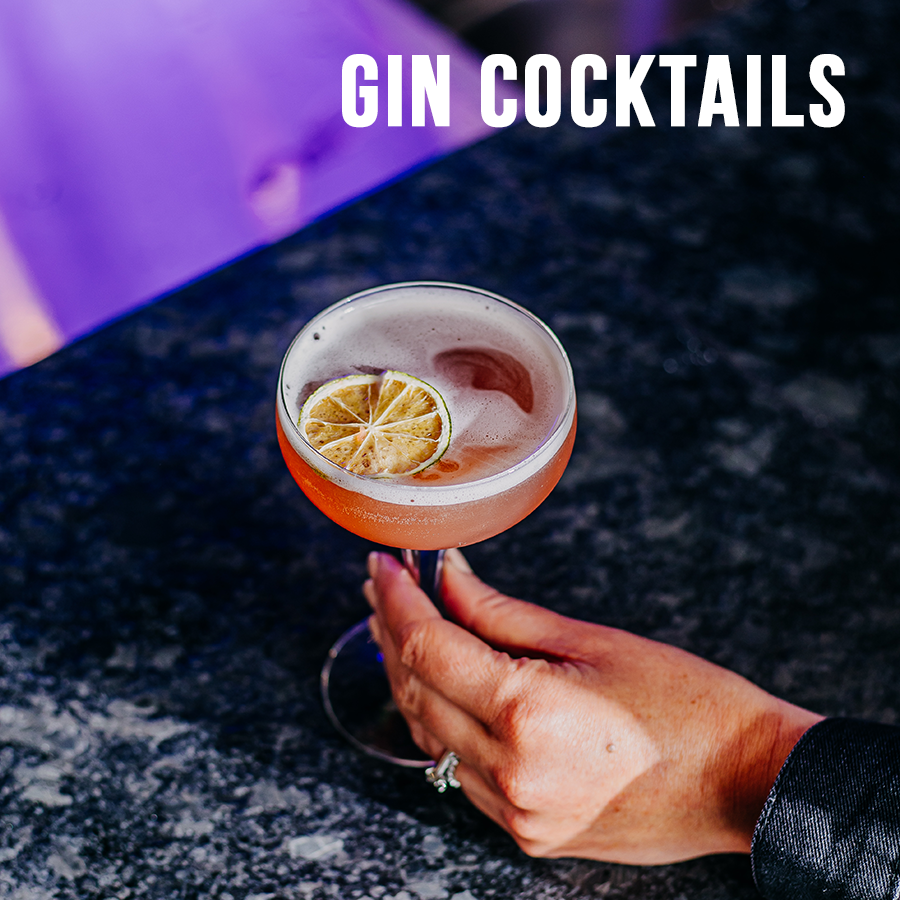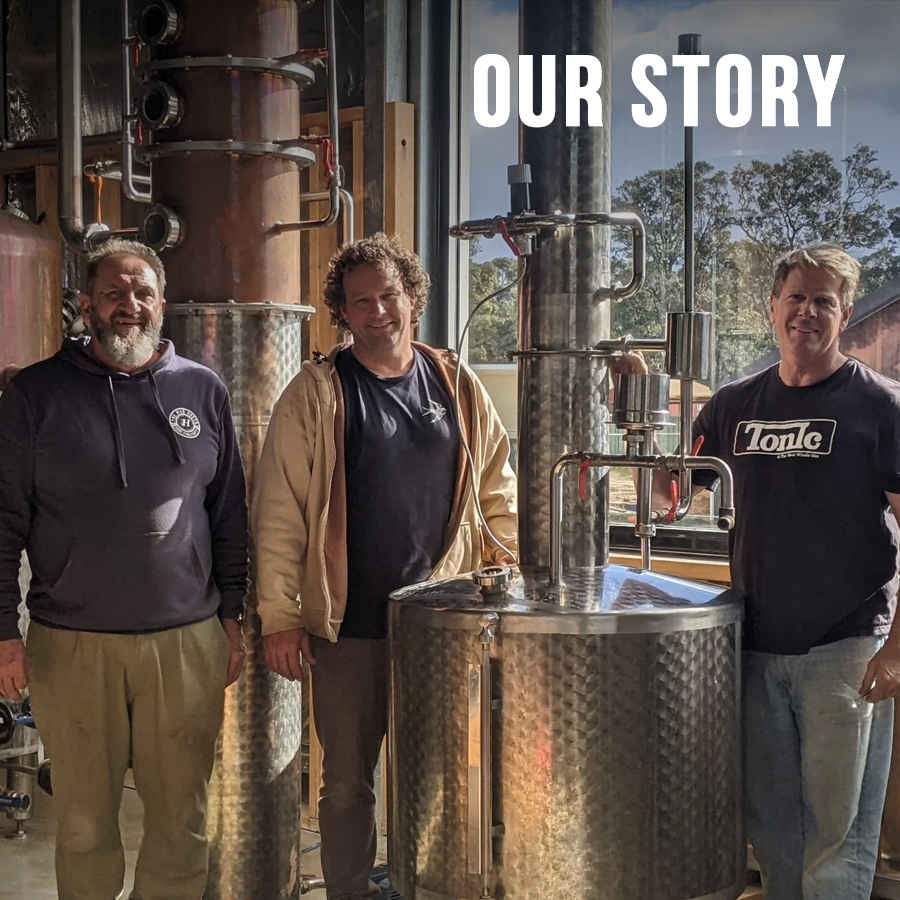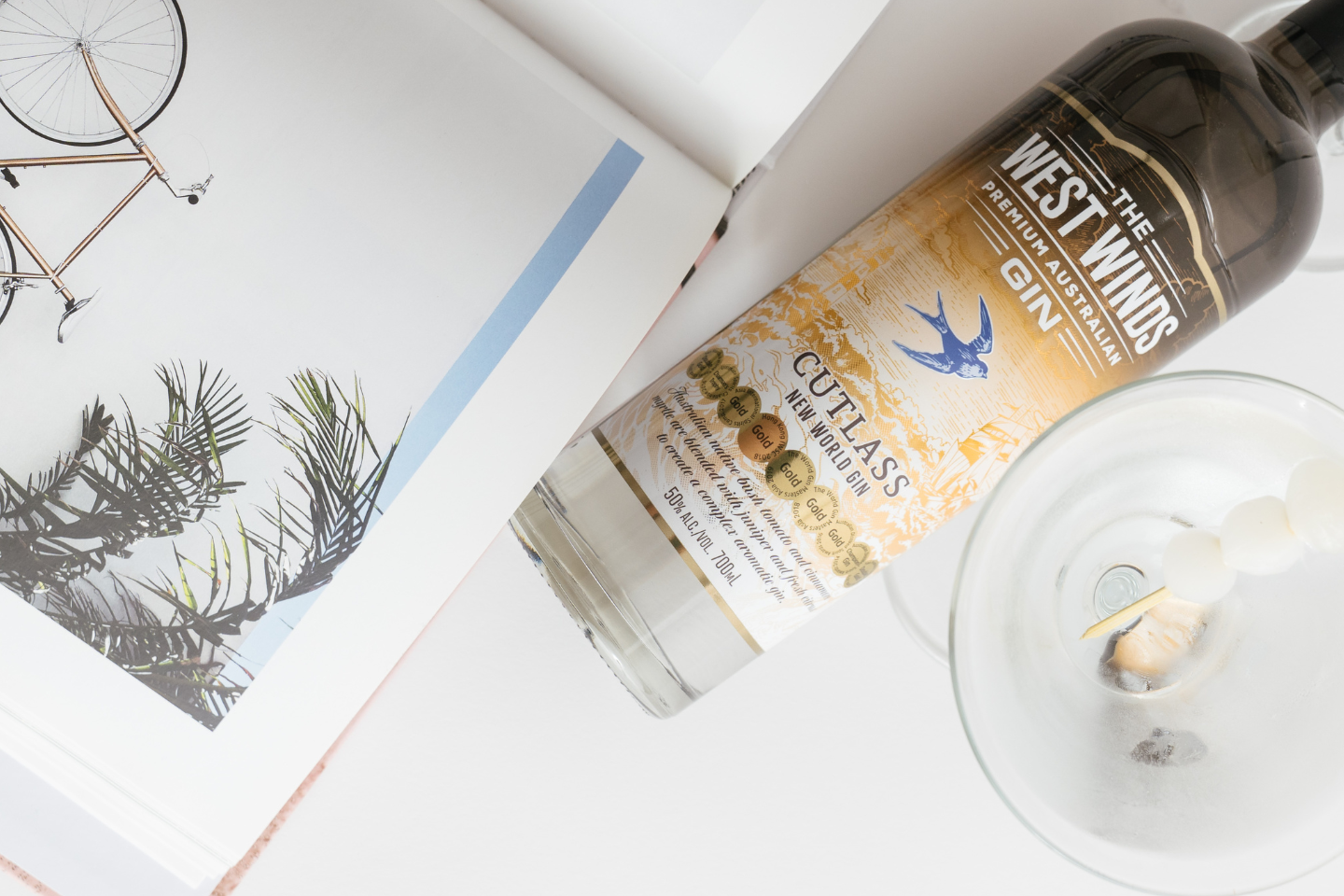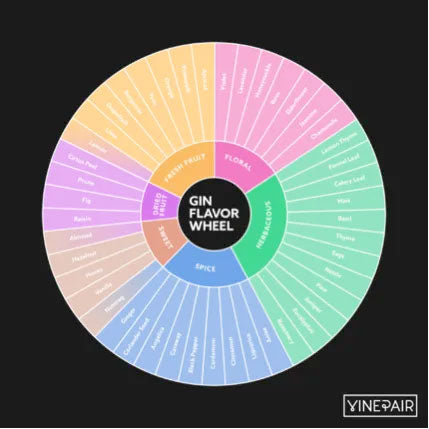

1. The Botanical Base of Gin
“Most of the botanicals used to make gin contain essential oils, and those essential oils give gin its flavour: lemon, orange, grapefruit, juniper, angelica, anise myrtle, etc. Finding the balance between those flavours is the art of making a good gin recipe. By increasing the amount of botanicals used to make gin, you increase the oil content, which provides viscosity and texture – different oil content levels helps to find a good-balanced amount for making silky and smooth Martinis and other stirred drinks where the texture is important.”
2. The Price Tag of Gin and Why It Matters
The ingredients and production in gin can affect price. Some of the botanicals used to make gin are among the most expensive spices in the world, and some, such as the Australian native Bush Tomato, are extremely difficult to cultivate and therefore availability is highly variable. Also, there are methods of distillation that require the use of more botanicals than others, as with anything that’s ingredient-based, meaning the better the ingredients, the more expensive the final product. Taking time to source quality ingredients and produce exceptional gin shows through in the final product.
The percentage of alcohol (ABV) in the gin is also a key determinant of price. In Australia the excise tax on a 700mL bottle of 40% gin is $23.90 and at 58% (Navy Strength) it is $34.66. The main reason for producing higher alcohol gins is that the higher the percentage of alcohol, the more essential oils the gin can carry which leads to a greater concentration of flavour.
3. The Worldwide Gin-Drinking Movement
Gin has become a global phenomenon. Gin is massively popular in Spain at the moment. The Gin & Tonic is one of the drinks of choice there, and they have taken its service to new levels. They tend to serve it in giant goblets, and there’s a lot of innovation happening with garnishes [in Spain] to make it a more inviting and interesting drink.
The number one gin-consuming country in the world? The Philippines. They are responsible for almost half of the world’s global consumption.
4. Dutch Courage
The history of Gin dates back to 17th Century Holland, where it was initially a medicine. The earliest form of Gin was called Genever, after the dutch name for the Juniper Berry. During the wars of this era, soldiers were given Genever to warm themselves. This traditional drink taken often before going into battle was given the nickname of “Dutch Courage,” from the effect of drinking this potent concoction which lead to lowered inhibitions and helped overcome fears through the subsequent intoxication.
5. The Most Common Spirit In Classic Cocktails is...Gin!
Yes, you read that correctly. From the Martini to the Clover Club, Gin is King of the Classics. It comes primarily from gin being the most available spirit in the early 1900’s when cocktails were coming into fashion.
This was because cocktails became a way of making spirits interesting and more enjoyable to drink, rather than just drinking them straight.
Gin was the favourite base as it was already flavoured with Juniper and other botanicals. So, get involved in the Gin Craze!!
